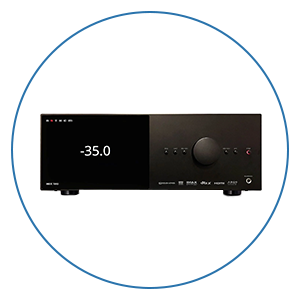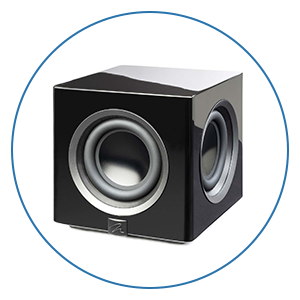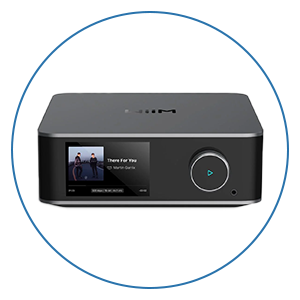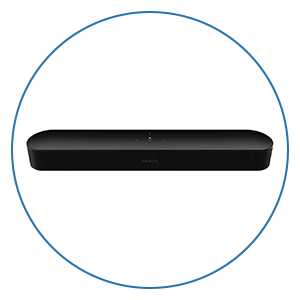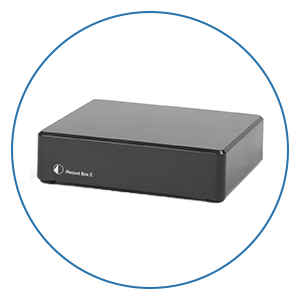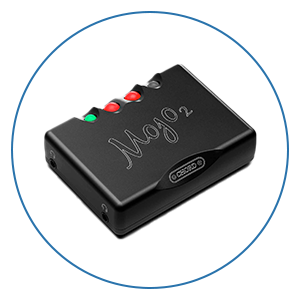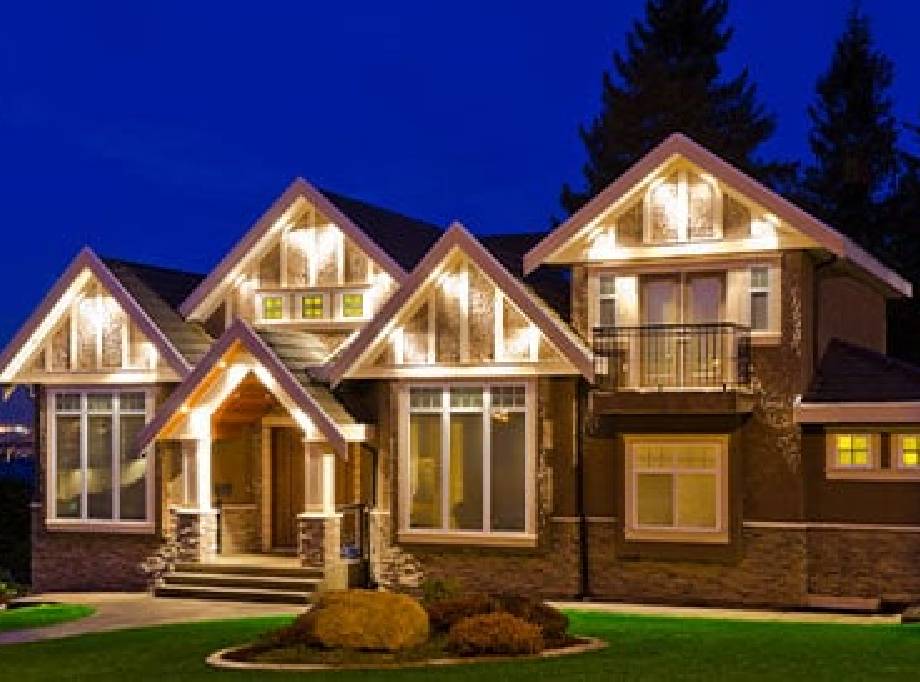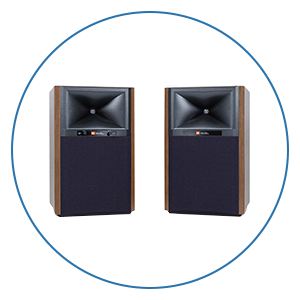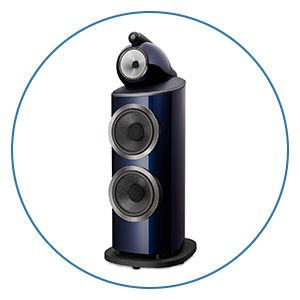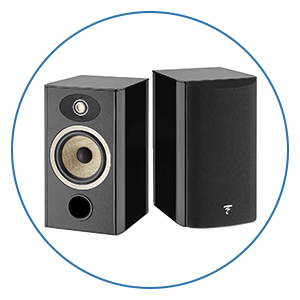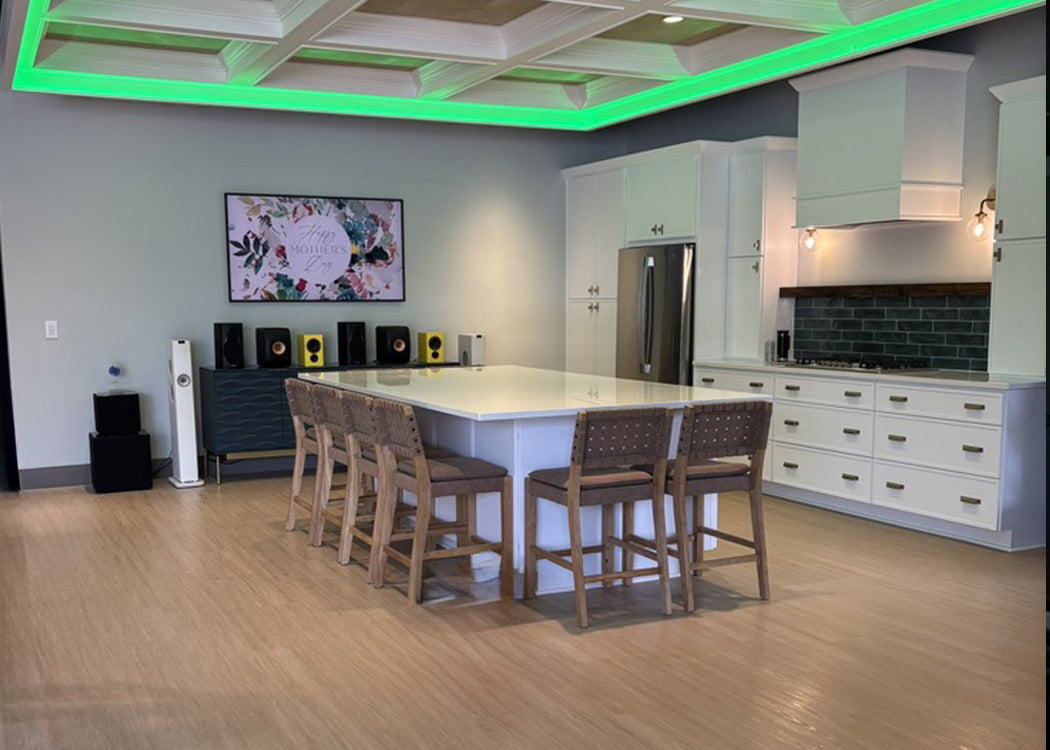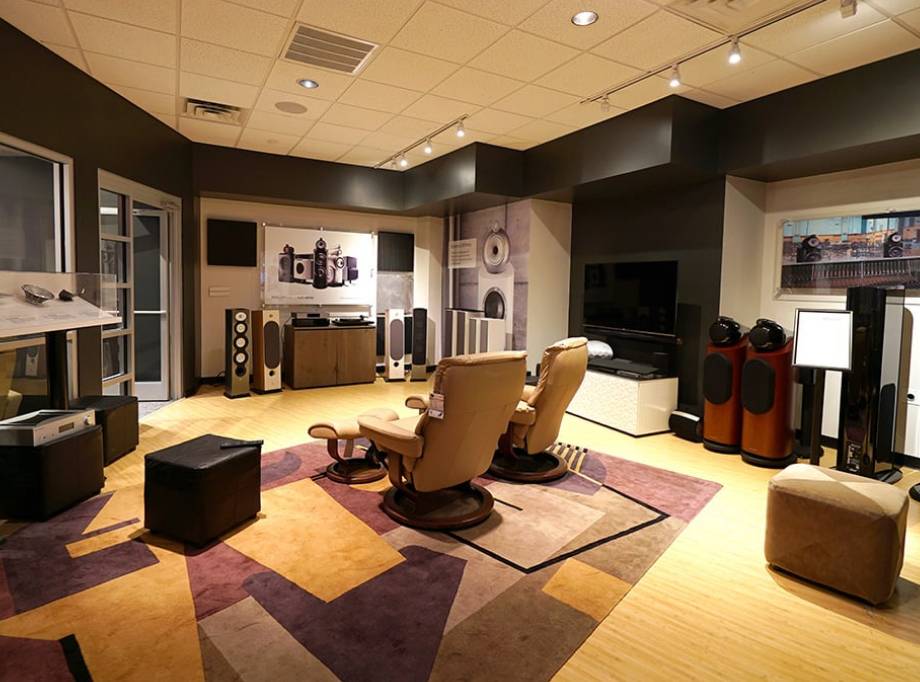Bi-Wiring and Bi-Amping Explained

Part of the thrill of being an audio enthusiast is the never-ending quest for improved sound from your speakers. Once you catch the “bug” and put together a decent home audio system or home theater system, the next step is to tweak and experiment.
If you’re at this point, you may have come across the terms, “bi-wiring” and “bi-amping.”
Let’s talk about what each of these means and how they may help to improve the sound of your audio system.
Both of these terms refer to how you connect to your speakers.
How Do I Know If I Can Bi-Wire or Bi-Amp?
To determine whether or not your speakers can be bi-wired or bi-amped, take a look at the back of your speakers where the speaker wires connect. If you see only one positive and one negative connection (usually red and black), your speakers are not capable of either one.
If, however, you see two sets of connections, you have speakers that can be bi-amped or bi-wired. Normally these types of connections have “jumpers” (also called "bridges") that connect the two positive terminals and the two negative terminals. If your speakers are set up this way, it’s worth testing it out. The speaker manufacturer went out of their way to build this capability into the speaker, so we recommend at least giving this upgrade a try.

What is Bi-Wiring?
Let’s start by looking at bi-wiring. There is a lot of debate as to how and whether bi-wiring truly works. In our experience, every time we have bi-wired a speaker properly, we have been able to notice an improvement in clarity and resolution. The sound also seems to be more precise in a three-dimensional space.
On a speaker that does not have capabilities for bi-wiring, one set of connections would attach to the crossover. The job of the crossover is to send the lower tones to the bass driver and the midrange, and upper tones to the midrange and treble speakers. A crossover works by filtering out the tones that should not go to the speaker its section is connected to. If your speakers are set up for bi-wiring, those separate connections on the back lead to different connections at the crossover, which keep the bass and midrange/treble sections separate.
The bass driver or woofer in your speaker moves thousands of times faster than the midrange or treble drivers do. The theory is that this movement creates magnetic energy that gets back into the speaker cable. So, imagine you are the small treble frequencies. Would you rather swim up a wire that has all kinds of magnetic ripples and force coming from the woofer, or swim up a wire that is smooth with no resistance? When you bi-wire, you separate out those connections.
How to Bi-Wire Your Speakers
To bi-wire your speakers, first remove those jumpers and use two sets of speaker cables. At the speaker end they will separate and at your receiver or amplifier end, they will typically be joined together. Some higher performance amplifiers even have two sets of speaker connections to make it easier to connect things up.
It is imperative that you use identical cables. They should be the same brand, model, and the same exact length. If not, you are changing the electrical properties of the cable and as a result, altering your sound. As with any speaker connections, make sure they are all solid and tight and confirm the positive is not touching the negative side in any way. If you are using bare wire, even a tiny stray strand of wire touching the wrong terminal can eventually damage and blow up your amp. Of course, using wire that is properly pre-terminated is your best bet.

What is Bi-Amping?
Now, let’s talk about bi-amping, which you may have guessed is the next logical step after bi-wiring. To bi-amp you have to bi-wire. Bi-amping, however, takes things one step further by using a separate amplifier for the bass connection at your speaker and another one for the treble connection. The difference in passive bi-amping and active bi-amping is something that isn’t talked about too often.
Of course, overkill is always a possibility, but generally speaking, we believe that you can never have too much power driving your speakers. It’s similar to driving a high-performance car. You may not need the power all of the time, but when you do, it can perform effortlessly. Musical demands are very similar to a drive through the mountains -- sometimes you’re coasting, but other times (think loud dynamic passages), you need lots of power reserve.
While some people may think that having too much power can “blow up” your speakers, it’s actually having too little power that can do the most damage to your speakers. If you are using an amp that is too small for your speakers and you push it too hard to play loudly, the amp may give out and send a clipped (highly distorted) signal to your speakers. This is what causes the damage. With lots of power, those instant demands just sail through.
Since bi-amping is going to involve two amplifiers, it gives you the advantage of more power combined with the benefits of bi-wiring.

Passive Bi-Amping
Passive bi-amping is what you typically see when bi-amping is discussed. It’s the most common. With Passive bi-amping, you are still using the crossover parts of your speaker to send the correct frequencies to each speaker driver.
Just like with bi-wiring, symmetry is super important with passive bi-amping, but it goes one step further. Your speaker cables need to be identical, the connecting audio cables that go to each amp should be identical, and finally, the amplifiers should be identical or from the same brand with the exact same specs in a couple of critical areas.
You may think, why can’t I get an amp for the treble that is different than the one for the bass? Remember, we are trying to improve our speakers, not change them. Every amplifier has a spec called input sensitivity. This is a number that gives you a representation of how much power it puts out with a certain level of incoming signal. If you have two amps with different input sensitivities that are being used to bi-amp, then either your bass or treble section of your speaker is going to play louder than the other, which is not good. The amplifier’s output impedance spec also affects how it reacts to your speakers. Our advice is to just play it safe - if you want to try bi-amping, make sure the two amps are identical. **And remember- as we keep getting this question a lot, there is no possible way to bi-amp with two old stereo receivers or amplifiers, you just can not do it. **
A few newer receivers and amplifiers on the market make this step pretty simple. In the setup menu, you can assign four amplifier channels for bi-amping, thus giving you 4 identical channels of amps that make it all work well.
Bi-Amping with an Active System
You can also bi-amp with an active system. This is not very common and only available with a limited number of brands. With an active system, you actually have a separate electronic crossover in front of your two or three amps. It gives each amp the correct set of frequencies and you remove the crossover from the speakers. With this method, you can get away with slightly different amps as the crossover itself has level adjustments on it to balance out any differences. But, you will need separate power amplifiers and an electronic crossover for this method. You can not do it with old stereo receivers or integrated amps. Also, very few speakers on the market allow you to actively bi-amp. Actually, if you owned a pair of these speakers, you would already be bi-amping with them.
What Are the Next Steps?
Now that you hopefully understand bi-wiring and bi-amping, which will give you the biggest bang for the buck? There is no question - it’s bi-wiring. You simply need a pair of speakers capable of it and two identical sets of speaker wires. If you have a great home theater, don’t forget about the ultra-important center channel speaker. Most high-performance center channel speakers have connections for bi-wiring.
If your amplifier or receiver is set up for bi-amping, we’d suggest you also give that a try. Just like with bi-wiring, the only cost is the cables.
Although, getting two amps to bi-amp drives us down another path. Would you be better off with one great amp or two lesser amps for the same investment?
Our advice is to get the one better amp and bi-wire. You also have to look at your system as a whole. Would it be better to keep the amp you currently have an upgrade to better performing speakers or get two amps to bi-amp the ones you currently have? Usually, you will be better off with the speaker upgrade.
We hope this gives you a better understanding of bi-wiring and bi-amping as you continue on your journey to great sound!
FAQ
What do I need to bi-wire my system?
First, your speakers will need to have 4 connectors on the rear labeled high and low or bass and treble.
Next, you will need two pairs of identical speaker wires or a speaker wire designed for bi-wiring.
Finally, you will need to be able to connect both of these speaker cables to the left and right connections on your amp or receiver
I have two old receiver’s, can I use them to bi-amp?
No, even if they were identical, there is no way to feed them to the same signal and use them to bi-amp.
What do I need to bi-amp?
First, your speakers will need to have 4 connectors on the rear labeled high and low or bass and treble.
Next, you will need two pair of identical speaker wires
Finally, and most importantly, you will need either a newer receiver that has the ability to assign channels (check your manual) or two IDENTICAL power amps. A power amp is not an old receiver, a power amp is just a box, typically with no controls that provide power. You will also need a preamp or have pre-amp out on your receiver or amp to feed a signal to the two power amps.
Which is better, bi-wiring or bi-amping?
Technically bi-amping is better as it delivers more power, but we feel the far better value is had by bi-wiring.


